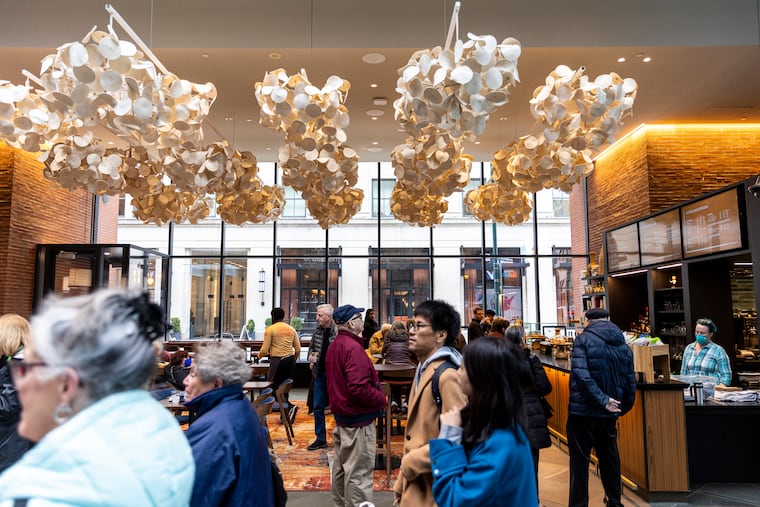A new cafe at Kimmel is the first step to a better arts center
Garces Trading Company at Kimmel’s crowds, though modest so far, are bringing a level of steady activity not seen at the Kimmel in many years.

Garces Trading Company at Kimmel’s crowds, though modest so far, are bringing a level of steady activity not seen at the Kimmel in many years.
